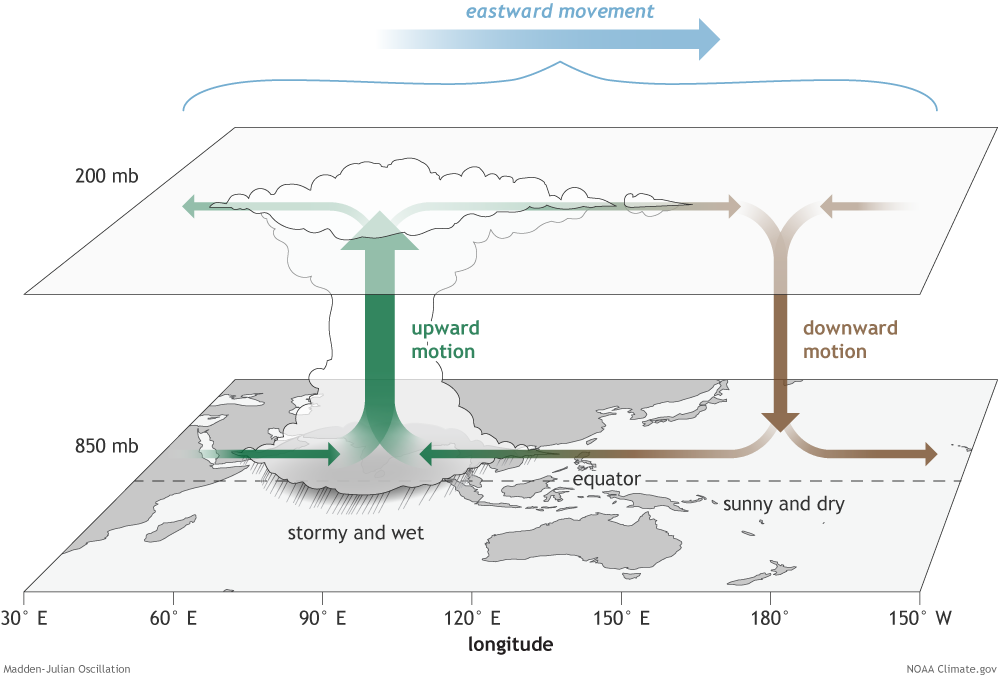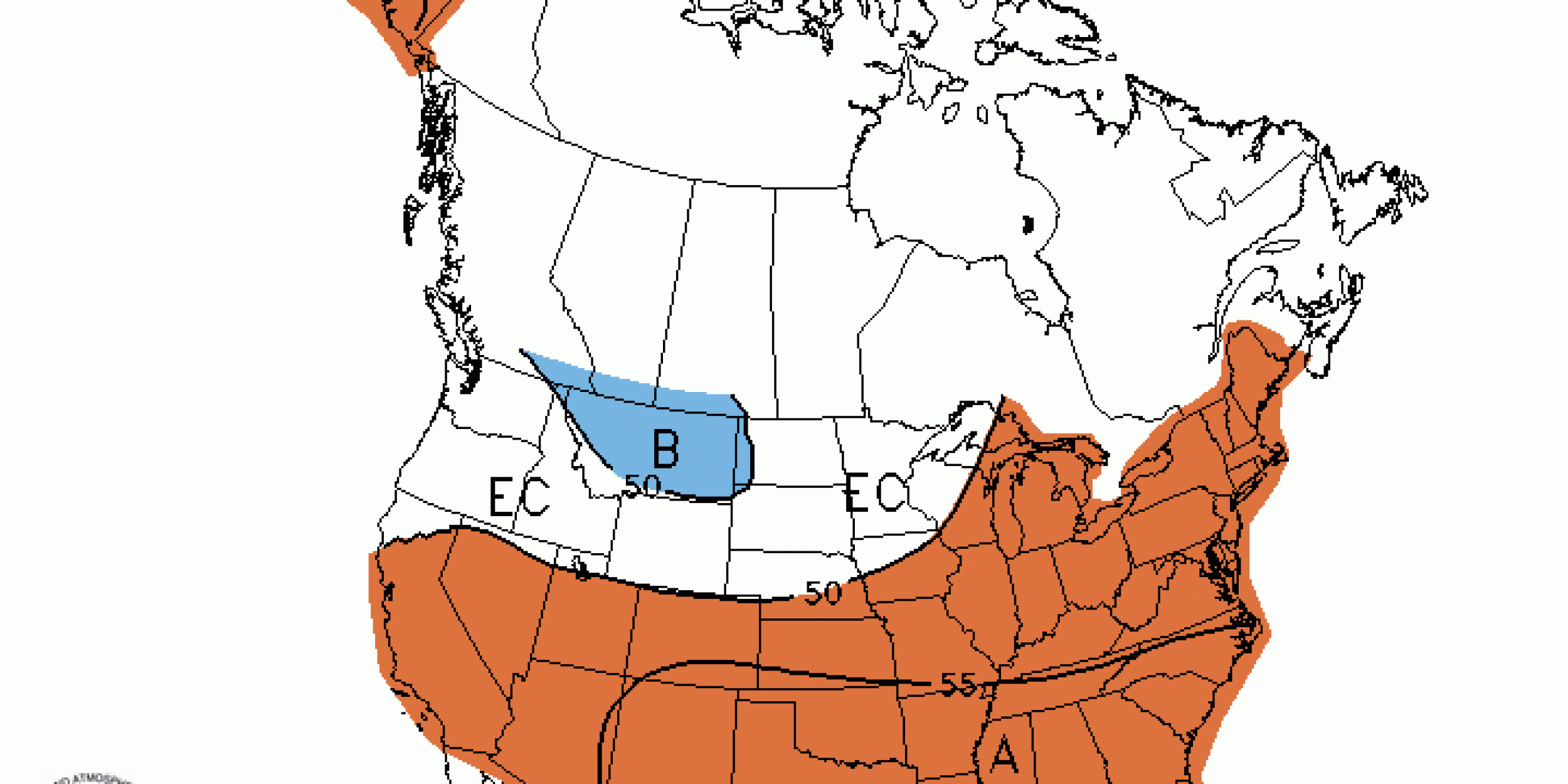

Predicting what the weather will be like 3 to 4 weeks from now is a daunting challenge, but crucial for a slew of people. These sub-seasonal predictions help energy companies determine how much power to produce to meet demands for upcoming months, assist water resource managers controlling reservoir levels ahead of upcoming water use, and help farmers understand which crops to plant in the face of potential dry weather. Thanks to a team of scientists led by Nat Johnson, NOAA’s forecasters at the Climate Prediction Center (CPC) now have a new tool that provides temperature and precipitation guidance for their week 3-4 outlooks. “The guidance supplied by this tool will allow CPC forecasters to refine their forecasts, to increase confidence in their forecasts, and possibly to reduce the time to generate their forecasts,” said Johnson, Associate Research Scholar at Princeton University/NOAA’s Geophysical Fluid Dynamics Laboratory (GFDL) Cooperative Institute for Climate Science.
A Great Success
Johnson’s tool was tested for operations as part of a NOAA MAPP Program Climate Test Bed project during the experimental phase of CPC’s week 3-4 temperature and precipitation outlook maps. Unlike the guidance CPC heavily relies on from dynamical models, which use equations that model the dynamics of the ocean and atmosphere, Johnson’s new tool provides guidance using another kind of model that discloses hidden information which underlies forecasts. “Dynamical models are invaluable forecast tools, but they do not reveal the physical causes of a given forecast,” said Johnson. “This [statistical] tool provides the expected temperature and precipitation impacts, and reveals the drivers behind a forecast.” Statistical models use formulas that produce predictions based on a long history of past atmospheric observations, and of patterns that influence the forecast. Johnson’s team applied long-term climate trends and the initial state of two large-scale patterns in the tropics—the El Niño–Southern Oscillation (ENSO) and the Madden-Julian Oscillation (MJO)—to better predict week 3-4 temperature and precipitation.


Using Johnson’s statistical tool, CPC can now look at the overall week 3-4 temperature and precipitation forecasts as well as separate contributions from MJO, ENSO, and the long-term atmospheric trends. Throughout CPC’s experimental phase for its outlooks, the tool provided skillful week 3-4 forecast guidance for precipitation, and even better guidance for temperature, while complementing the guidance from dynamical forecast models. Now, CPC forecasters officially use the tool as part of the guidance they regularly consult to produce their week 3-4 outlook maps. “I consider the project a great success story,” said Dave DeWitt, CPC Director, regarding the new tool. DeWitt formally declared the tool operational, during the January 19th post-project review. Johnson commented that his MAPP Program-Climate Test Bed project demonstrates the importance of a partnership between university and federal scientists for transferring the latest scientific research into a tool that promotes NOAA’s mission. “I believe that NOAA provided a means of translating the accumulation of scientific knowledge into a practical form that benefits a wide range of users,” said Johnson of the MAPP Program project. “Now the public can be confident that the Climate Prediction Center is offering week 3-4 outlooks rooted in guidance with a track record of reliability.”
Next Steps
With his tool now operational, Johnson wants to look for ways to improve the week 3-4 guidance by incorporating other physical indicators and patterns. Recent research has found that there may be more predictability sources besides the MJO and ENSO that could help advance CPC’s outlooks. In addition, he’s using one of GFDL’s dynamical models to explore ways to combine it with his statistical forecast tool to produce a hybrid week 3-4 forecast product with even greater skill. This ongoing study should provide insights about North American predictability in weeks 3-4 while also providing a prototype for a viable hybrid dynamical/statistical forecast method. “There are benefits to both types of forecast tools, so we should find ways to optimize their combined use,” said Johnson.


Development of this tool was a collaboration between scientists from NOAA’s Geophysical Fluid
Dynamics Laboratory, Princeton University, NOAA’s Climate Prediction Center, Scripps Institution of Oceanography, and Penn State University. The project’s development and transition was supported in part by NOAA Research’s MAPP Program as part of its suite of NOAA Climate Test Bed activities and broader research efforts to advance NOAA sub-seasonal to seasonal predictions. About MAPP
The Modeling, Analysis, Predictions, and Projections (MAPP) Program is a competitive research program in NOAA Research’s Climate Program Office. MAPP’s mission is to enhance the Nation’s and NOAA’s capability to understand, predict, and project variability and long-term changes in Earth’s system and mitigate human and economic impacts. To achieve its mission, MAPP supports foundational research, transition of research to applications, and engagement across other parts of NOAA, among partner agencies, and with the external research community. MAPP plays a crucial role in enabling national preparedness for extreme events like drought and longer-term climate changes. For more information, please visit www.cpo.noaa.gov/MAPP. View More MAPP News.



